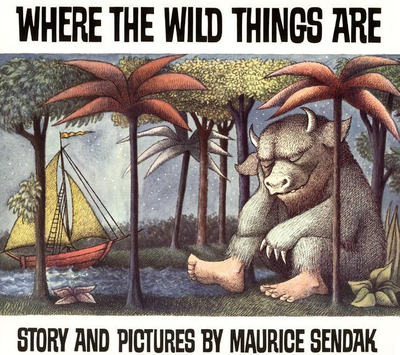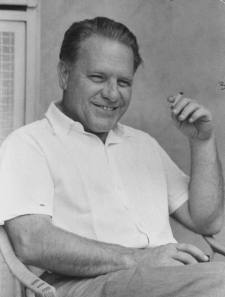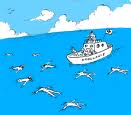The outcome of a 2007 EDGE question, put by the editor to prominent scientists all over the world:
“As an activity, as a state of mind, science is fundamentally optimistic. Science figures out how things work and thus can make them work better. Much of the news is either good news or news that can be made good, thanks to ever deepening knowledge and ever more efficient and powerful tools and techniques. Science, on its frontiers, poses more and ever better questions, ever better put. What are you optimistic about? Why? Surprise us!”
There are 153 essays. most with only a half-page to four pages each, not greatly detailed. Certain themes stand out from many contributors:
1. Organized violence is hitting an all time low. One may not believe it by listening/watching the brinwashing happening in the press and on the sensationalized network news channels, but the statistics are clear. In the future, live internet access to anywhere on earth by GPS will cause exploiters of all cloths to have to resort to the Grouch Marx line “Are you going to believe me or your lying eyes.”
2. We’re on the threshold of an era of unbelievable abundance. We will be able to make a self-replicating machine that will absorb energy through solar cells and be working for humanity by the millions. We will figure out ways to harness solar energy more efficiently and not need to use carbon/nuclear energy sources that pollute the environment.
3. Research in physics has been dominated by string theory in recent years which so far is untestable. New technologies will produce astounding insights very soon. The LHC (Large Hadron Collider) will advance the Standard Model and will find the Higgs boson or perhaps something unexpected. The new LIGO detectors may find gravitational waves. Arrays of wide-field telescopes on earth are being programmed to rapidly scan the universe. PLANCK is Europe’s first space mission to study the relic radiation from the Big Bang, cosmic microwave background radiation. The AUGER array in Argentina will collect and quantify this same radiation. The GLAST satellite placed in orbit in May, 2008 to study the extreme universe without having to deal with earth’s atmosphere. All these projects involve multiple nations and are guaranteed to provide astronomers and physicists with a new plethora of evidence to glean over for years.
4. On the many mentions of religion, a few of which are sympathetic, all of them seeing a decrease in the conflict between science and religion: “The number of people who realize how much of religious belief is non-sensical will continue to grow…I expect to live to see the evaporation of the powerful mystique of religion…a final scientific enlightenment will deal an overdue deathblow to religion and other juvenile superstitions…we will learn to shed the unessential dogmas, rules, definitions, and prejudices that religions have built up over the centuries and millennia…people will begin to see science as a vehicle for mutual understanding and for respecting life. Science will teach people these lessons, instead of simply trying to rob them of their faith and offering nothing in return.”
5. Climate change and its solutions draw much attention. The consensus is that technology exists now to reverse the trend with fairly simple engineering techniques. Unfortunately, getting the politicians to steer the world in the correct direction will be like herding cats. At the same time, the political winds are blowing the right way thanks to tragedies like the BP Oil spill and the onset of the current economic crisis, people are beginning to see the benefit of more efficient systems and once we pass a tipping point, we will solve the problem. Solar power capturing technologies of the future will eventually do away with the need for polluting fuels.
Every reader will undoubtedly find some articles that might seem too optimistic, too unrealistic, too uninteresting, or just wrong. However, most provide good food for thought and every third or fourth one provides a nice “aha!”. The book covers such a wide plethora of topics, I have barely touched the surface in this review. Most anyone should find parts of it fascinating and this book is especially meant for cynics who are in need of a realistic dose of optimism from minds that will shape a better cleaner more thinking future.













